Opinion: Please get your incitement out of my First Amendment
Cville Dog / CC BY
The “Unite the Right” rally initially took place at this statue in an effort by various far-right groups to prevent the sculpture from being torn down and preserve Confederate heritage.
August 29, 2017
Riots and rallies are nothing new, and in today’s social and political climate gatherings like the ones we saw in Berkeley and here on our own campus are becoming more commonplace.
While both are a practice of our First Amendments rights, violent actions and tendencies of select individuals raises the question, where do we draw the line between freedom of speech and incitement?
In February, a riot broke out at UC Berkeley for the sole purpose of preventing professional internet instigator turned Breitbart editor, Milo Yiannopoulos, from presenting a speech that had already been approved by the campus.
While the overall consensus was that the rioters were within their rights to speak out against what they considered to be hate speech, some groups expressed their frustration by pointing out that all the rioters did was suppress someone else’s rights to voice their opinion in a public forum.
The Sacramento State College Republicans was one of those groups. Their chairman, Mason Daniels, even issued a statement calling for Sacramento State president Robert Nelsen and Sac State Associated Students, Inc. president Patrick Dorsey to either denounce the riots in Berkeley or resign.
Coincidentally, these demands came shortly after the College Republicans attempted to hinder a group of anti-Trump demonstrators that were making their way around Sac State.
We fast forward to Aug. 12, and unsurprisingly, very little progress has been made in this discussion. I’d even argue that we’ve taken a few steps back as most of the conversations regarding this topic have a tendency to quickly devolve into screaming matches.
In the wake of the “Unite the Right” riot held by White Nationalists and various other “alt-right” groups in Charlottesville, VA, not only are we in danger of engaging in the same cycle that we were subjected to earlier this year, but we have the potential to escalate as well.
For the first time, we have footage that portrays what appears to be a car accelerating from down the street and intentionally being driven through a crowd of counter-protesters. This incident led to the death of Heather Heyer and the arrest of James Alex Fields Jr., who was charged with five crimes, including second-degree murder.
Despite the various buzzwords and titles thrown around when discussing Fields and his actions, it is imperative to keep in mind that Fields was not a lone wolf, nor did he commit these violent actions on a whim. He had plenty of support. In fact, he had a whole rally standing with him.
Another member of the White Nationalist movement, Chris Cantwell, was very blunt with his motives and intentions. He cited his concealed weapons and many trips to the gym in his quest to become “more capable” of violence if he deemed it necessary.
Because he was actively promoting violence against certain groups, his discretion wasn’t sufficient for the Charlottesville Police Department, and a warrant was issued for his arrest. His fear of unjustly being killed by the police (insert eye roll emoji here) led him to turn himself in and avoid confrontation.
Alt-right figures like Fields and Cantwell are beginning to be held accountable for the things they say and do. Even though it’s a small step forward, it’s important that we as a community stay vigilant in upholding freedom of speech for everyone, even those we disagree with, and continue to shut down violence and incitement at every possible turn.







































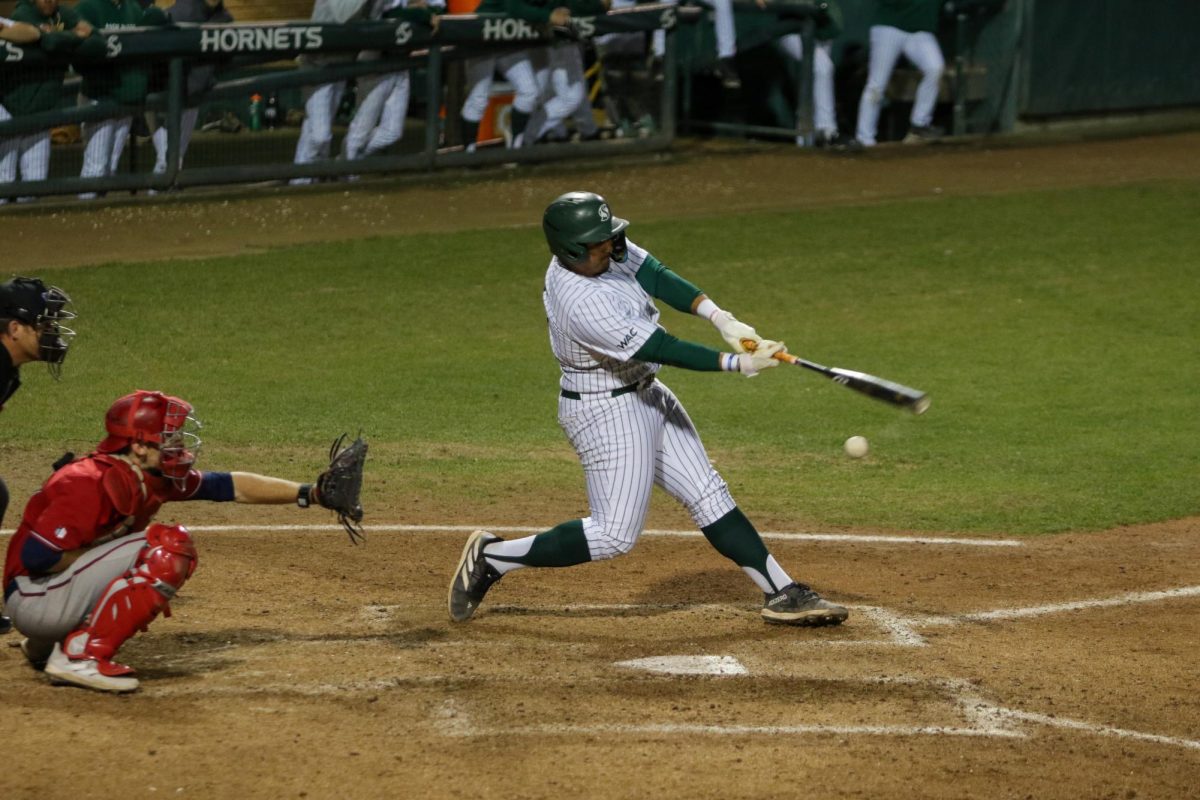


















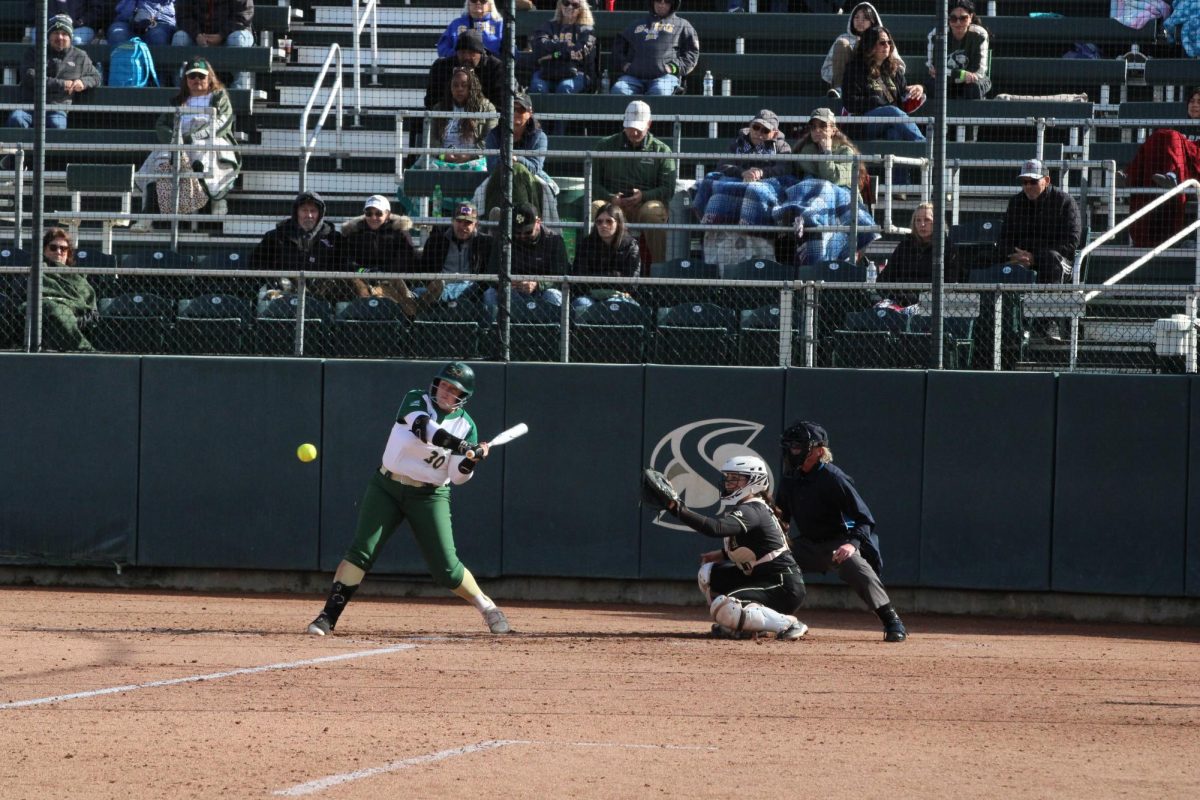
























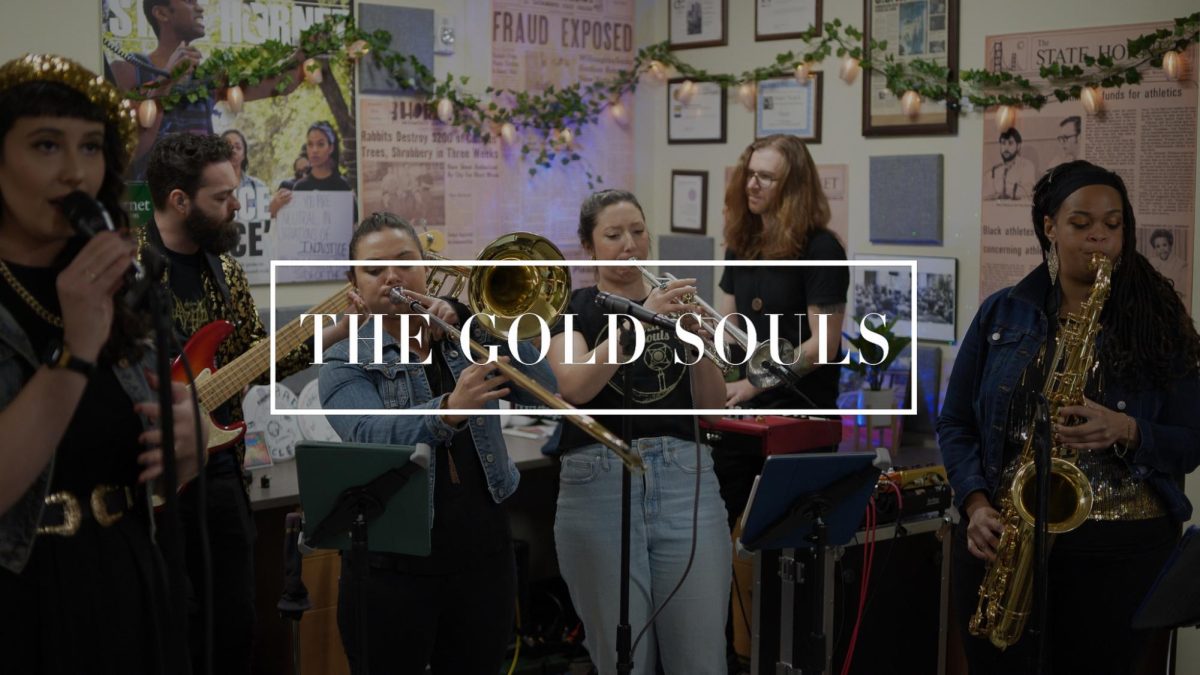



























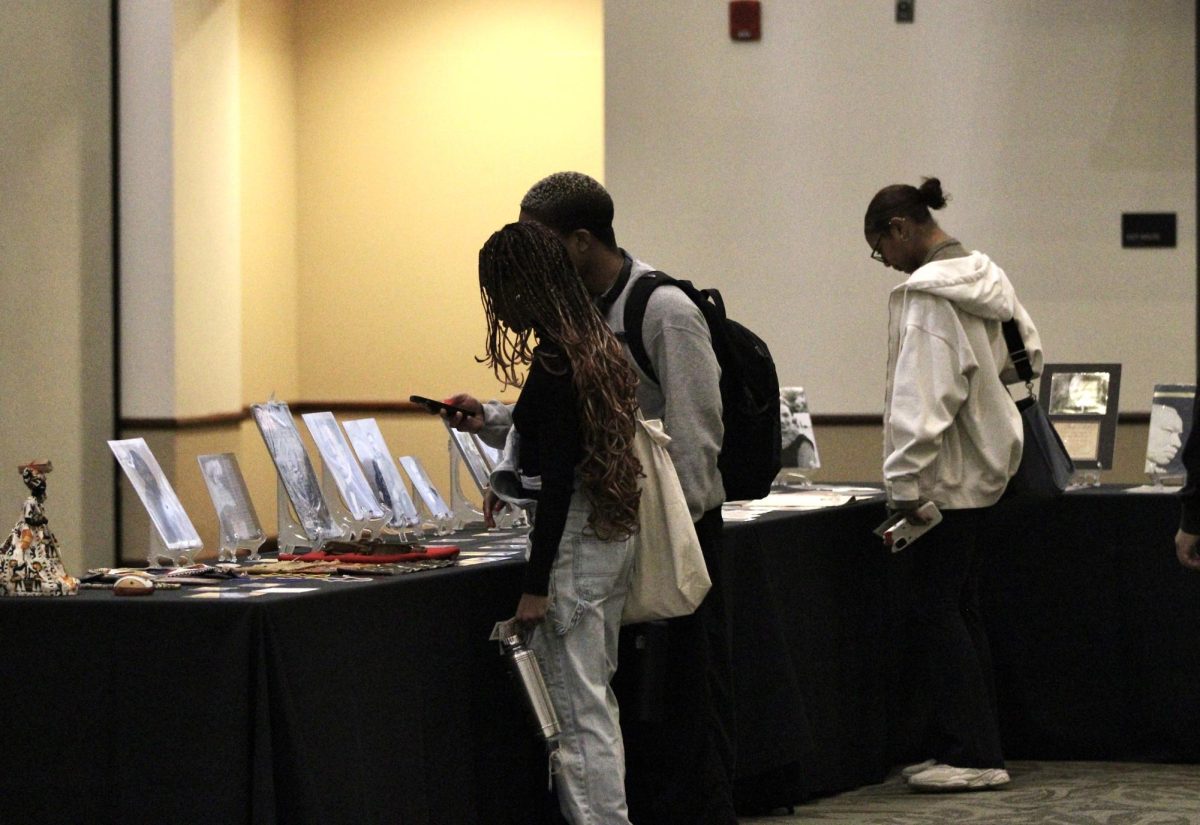












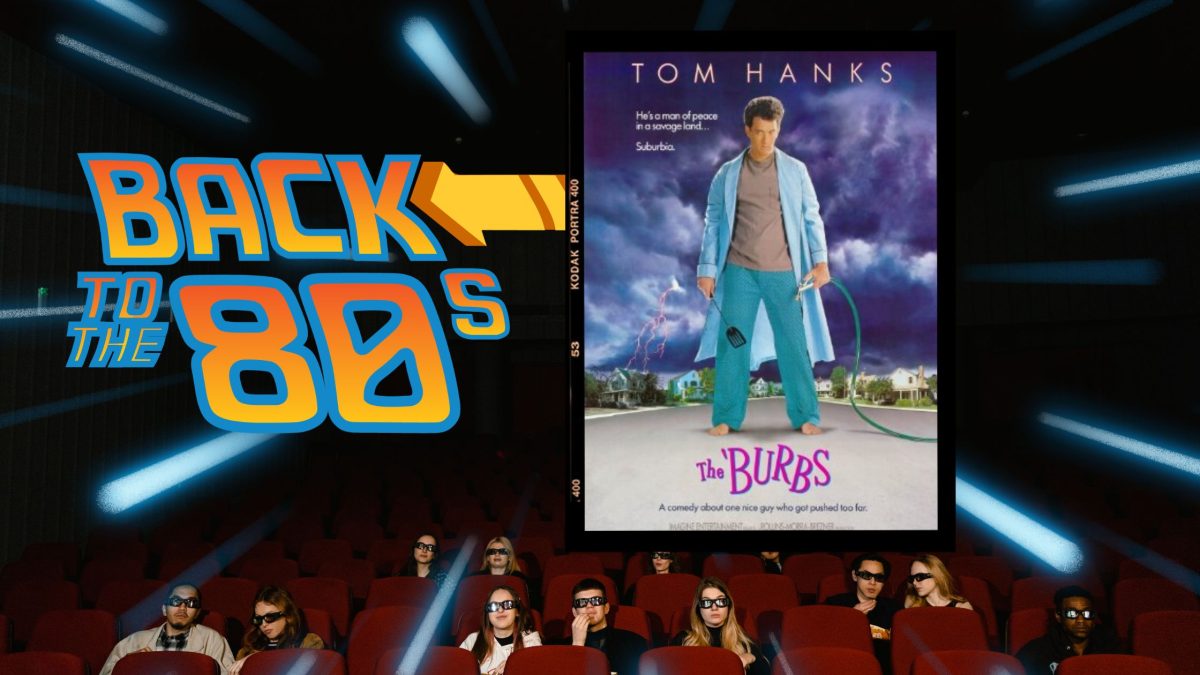

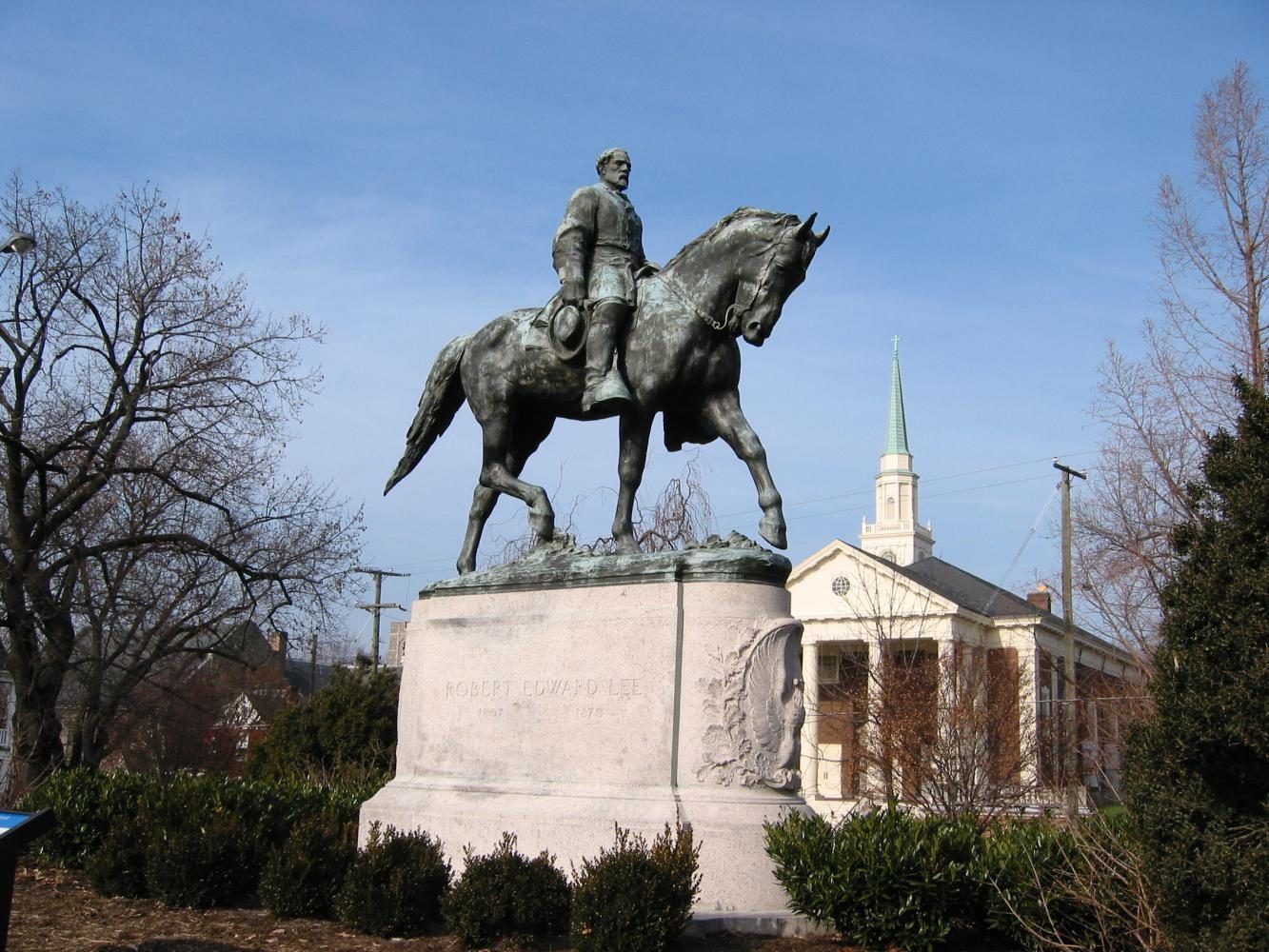

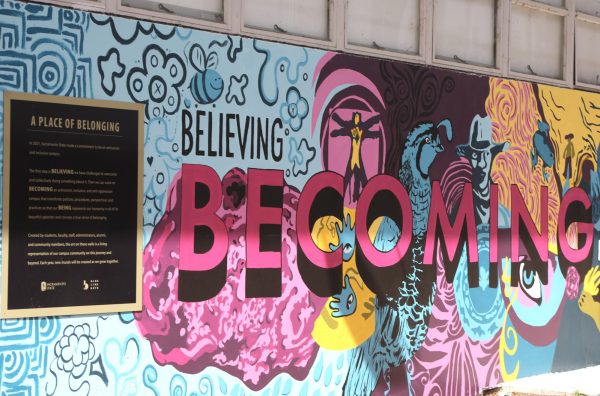

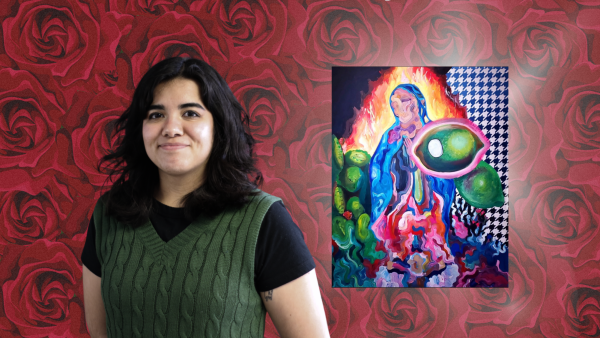


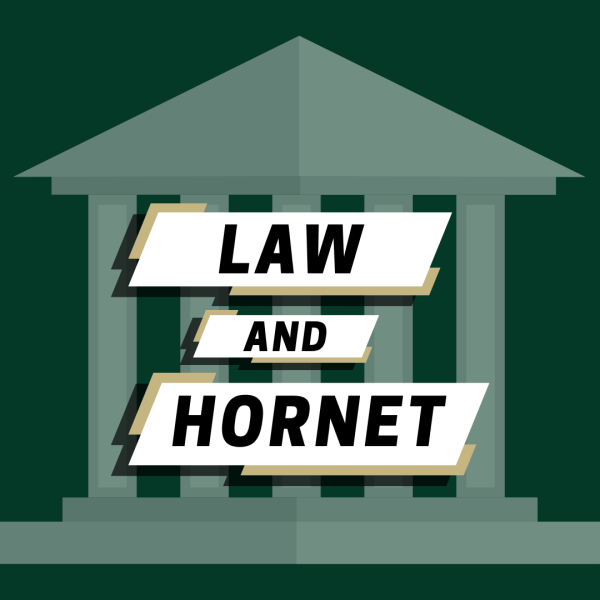
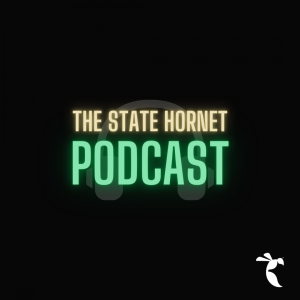
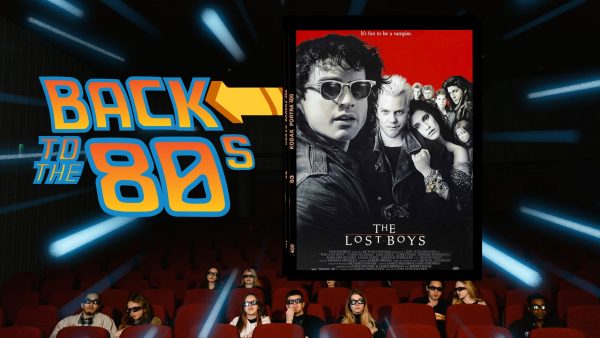

Mark Ludwig • Aug 30, 2017 at 9:29 am
As a teacher interested in free speech/free press matters, I appreciated this piece. The Communication Studies Department offers a class title Freedom of Speech, Coms 152, for anybody interested in exploring these issues in more depth.